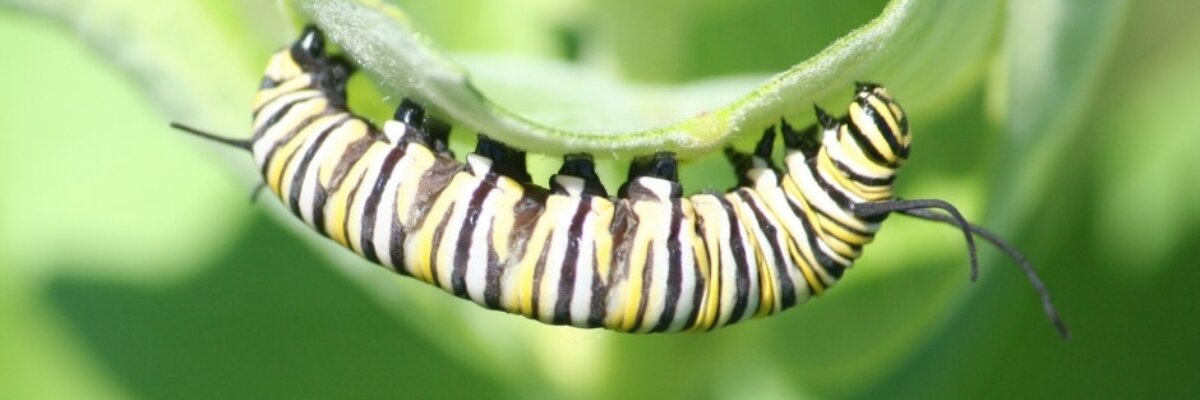
How can I track the monarch migration?
Since Fred Urquhart’s tagging success, researchers and community scientists have continued tracking the migration by reporting their observations of migrating monarchs and tagging.
- Journey North: This simple, online reporting project engages thousands of children and adults. Volunteers report sightings during the spring and fall migrations through the project’s website. Data are aggregated and used to develop real-time maps of spring and fall migration fronts.
-
Monarch Watch: With over 1 million butterflies tagged and approximately 16,000 recovered tags, the Monarch Watch volunteer tagging program helps us understand the eastern monarch fall migration to Mexico. Tagging and recovery data provide information on the dynamics of the migration. Volunteers order circular, lightweight stickers that they place carefully on the wings of monarchs. A unique ID number on each tag is used to keep track of information associated with each butterfly, tagger, and recovery.
Many smaller, more localized, community science programs have been implemented throughout the country, including:
-
Southwest Monarch Study: Based in the desert southwest, this program provides both tagging and monitoring of monarch habitats in Arizona, New Mexico, Nevada, Utah, western Colorado and the California deserts. Data collected from this project help us to understand the migration, breeding, and overwintering strategies of monarchs in the southwest U.S.
-
Programs like the Cape May Migration Monitoring Project (New Jersey) and the Peninsula Point Migration Monitoring Project (Michigan) conduct regimented counts of all monarchs they see during a fixed period of time. These, and many other local monitoring programs, are vital sources of information about the state of the monarch migration and population in varying locations.
Learn more about tracking the monarch migration, breeding and overwintering with monarch community science here.
